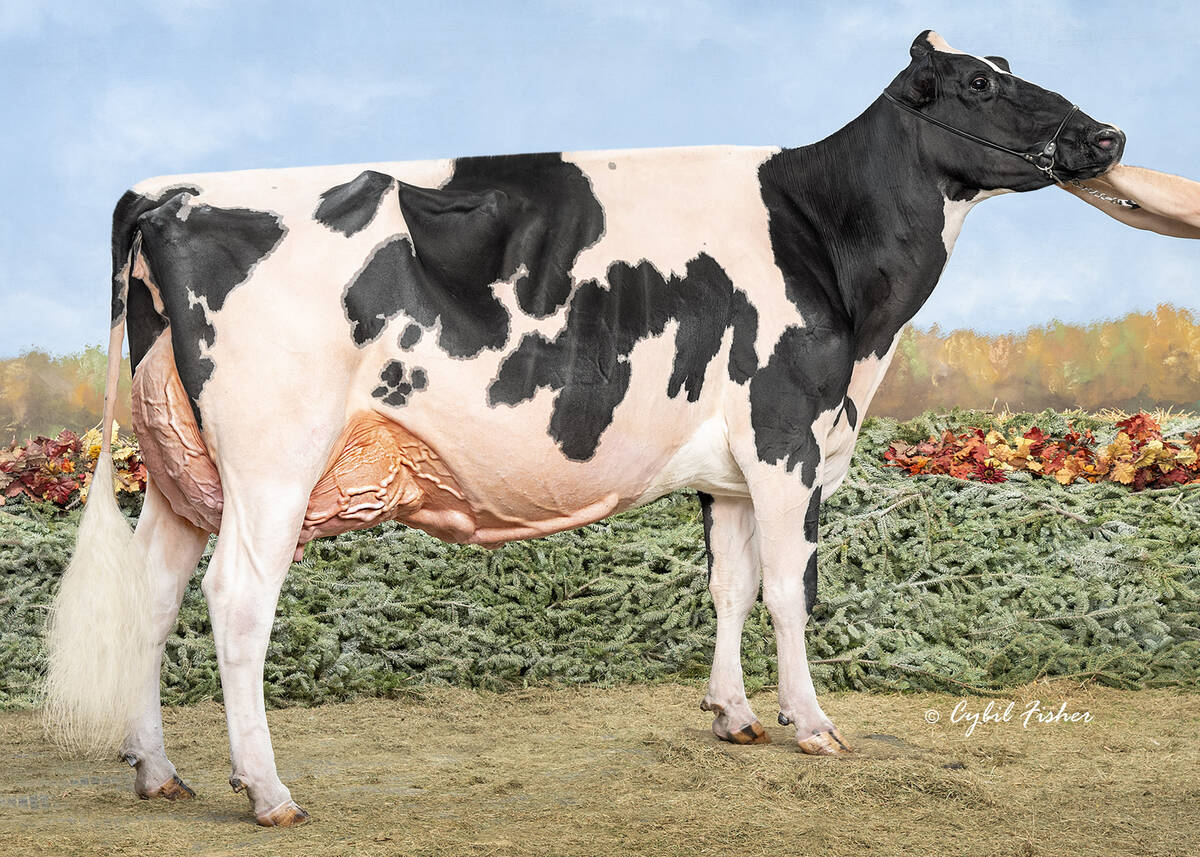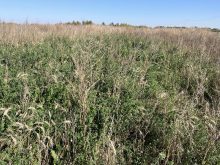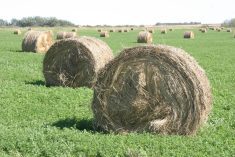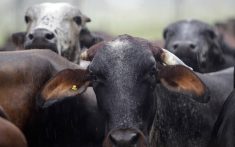It is up to trade negotiators to press for an end to Europe’s ban on North American beef tallow exports.
The ban, which starts in January, was approved this summer because the European Union said it doesn’t want to import bovine spongiform encephalopathy in beef tallow products.
That is an overreaction to BSE, said Chuck Lambert. The chief economist with the United States-based National Cattlemen’s Beef Association said the brain-wasting condition, also known as mad cow disease, doesn’t exist here.
“Reason and common sense seems to have gone out the window with these issues – or it’s just blatant protectionism,” said Lambert. “One thing we’re sure of, it’s not based on science.”
Read Also

Saskatchewan dairy farm breeds international champion
A Saskatchewan bred cow made history at the 2025 World Dairy Expo in Madison, Wisconsin, when she was named grand champion in the five-year-old Holstein class.
Processors and renderers argue these products couldn’t carry the agent that causes the fatal brain disease because of the high pressure, high heat procedure used to extract fatty acids from tallow. The tallow derivatives are used to make cosmetics, plastics and paint.
Unknown factors
The wild cards for trade negotiators are that they don’t know how many other issues are coming forward and which ones represent retaliation over the recent decision by the World Trade Organization that Europe can’t ban North American beef treated with growth hormones.
Lambert is confident the EU may budge over its position on tallow.
“We are seeing some willingness to moderate their position,” said Lambert. “Europe may realize they have opened a can of worms they didn’t intend to.”
Negotiators want an exemption because BSE is not found in the United States and producers have taken extraordinary steps to ensure it does not exist here, said David Andrews, president of the Canadian Cattlemen’s Association.
The Europeans recognize BSE is not found here but said no exemptions could be granted because the disease could strike in the future.
Figures from the U.S. department of commerce showed the Americans exported $412 million (U.S.) worth of inedible tallow products in 1996. The largest buyers were Mexico, Turkey, Netherlands, Spain and Italy.















